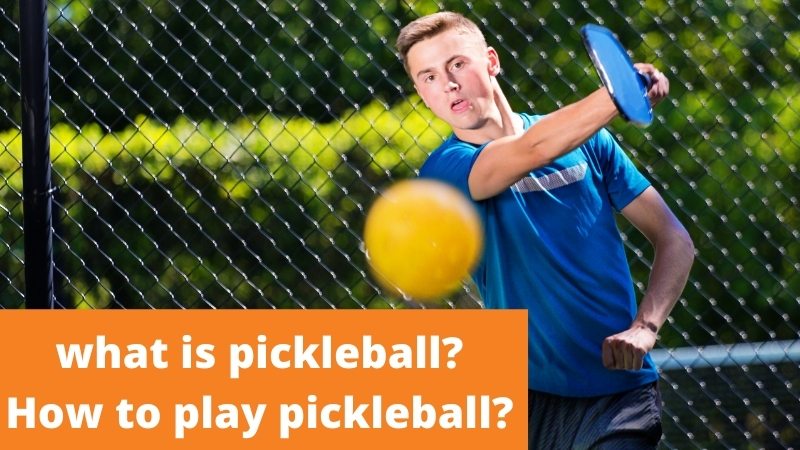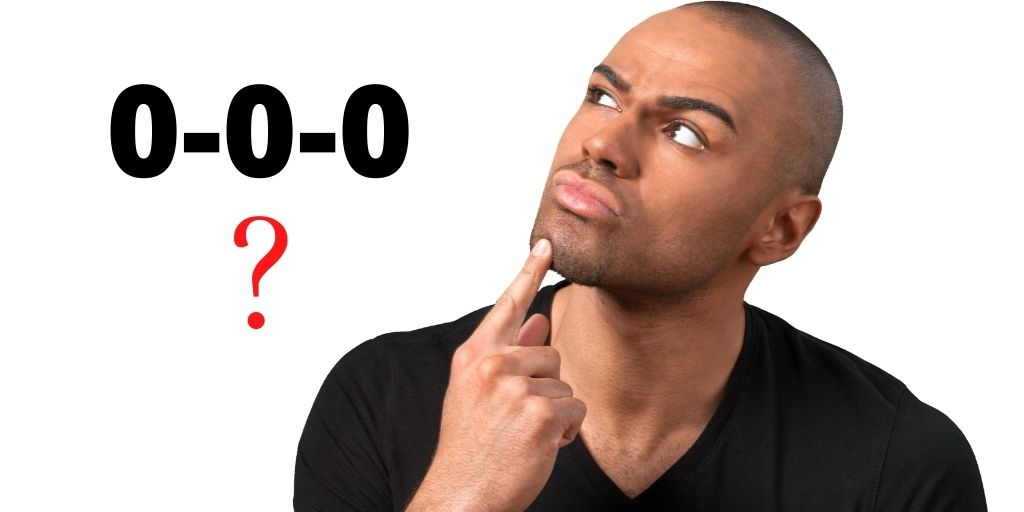No one can deny how much popularity the pickleball game has already earned especially in the last two decades. People are even coming off from other sport as this game is easy to play outdoor and indoor.
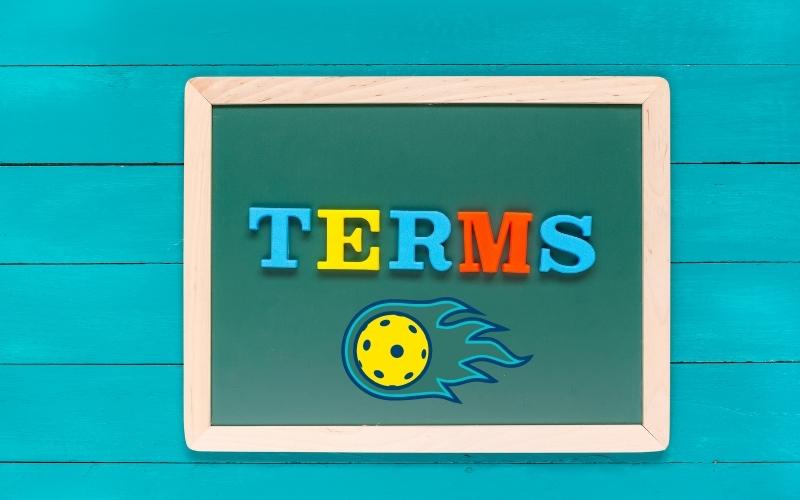
Why Should You Know Pickleball Terminology?
If you are new to pickleball games, you might be feeling confused after hearing some pickleball terms. Most of the newbies struggle to understand some pickleball terminology as they are unknown to the pickleball vocabulary. That’s why it is important to know some pickleball definitions to learn about different technical terms about the sport.
In this article, we are going to tell you some most important pickleball terms and definitions to know all the essential technical words of this game. Let’s dive in!
Basic Pickleball Terms

Ball —Pickleball is played with balls that are either plastic balls or wiffle balls —there are some holes on the balls.
Read About: Indoor vs Outdoor Pickleball ball
Paddle —It is similar to a tennis racket (don’t call it a racket), which you will use to hit the pickleball balls.
Grip — The handle you hold for a paddle and hit the ball. Most of them have some cushioned material wrapped around them to provide cushioning while playing.
Read More: How to Choose a Pickleball Paddle Grip Size
Doubles —Doubles mean two teams are playing against each other and each team has two members.
Singles —Singles means two teams are playing against each other but each team has only one member.
Skinny singles — Two people are playing against each other but using only half of the court instead of the full court.
Face —To hit the ball or make shots, users use the paddle surface— in another name, it is known as paddle face.
Non-Volley zone —This 7-foot section between the non-volley line and the net; it is located at both side of the court. Players are prohibited to serve balls towards opponents while standing in this area.
Volley —Simply put, a volley means serving the ball out the air prior to it bounces onto pickleball court.
Two Bounce or Double-Bounce —Each team needs to let the ball bounce before hitting the ball. To play the ball, the opponent team who will receive the ball need to let the serve bounce before hitting the ball. The same goes for the serving team too when the ball comes back to them.
Centerline —Centerline is a line between the baseline and non-volley zone, which halves the service court into two parts.
Baseline —A baseline is 22 feet long from the net, and the line is located at the back of the court.
Backcourt —A small area located near the baseline, at the back of the courtside.
Sideline —A sideline is a straight line that runs parallel to the pickleball net on both sides of the court.
Serve —Serve means hitting the ball towards opponents. A player gets two serves opportunity in a pickleball game. While hitting the ball, players need to keep the ball below the waist point and serve it underhanded.
Service outside scoring —You can’t win a point in pickleball without serving the ball.
Server number —When two players are playing on each side, both players must a number —either “1” or “2”, based on the side they are standing on while serving the ball for the first time. While calling out the score, the number needs to be also announced along with it.
Ace — It is shot when the receiving team doesn’t touch or hit the ball.
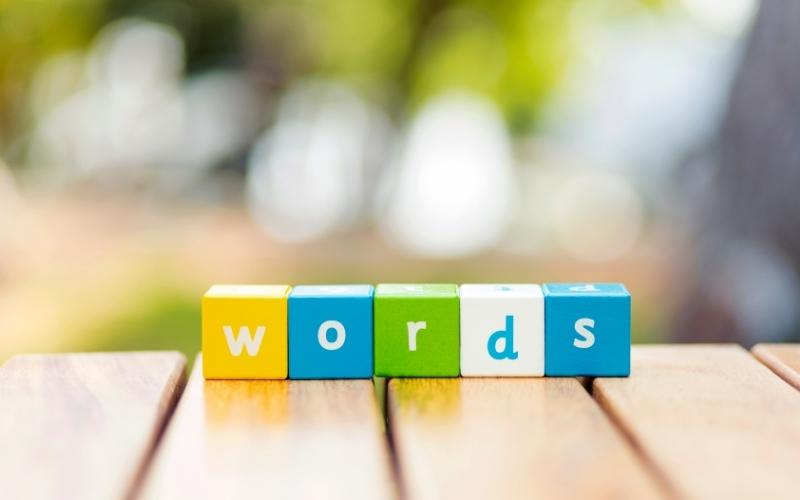
Bounce it — It is a suggestion to the partner so that he doesn’t contact the ball unless it touches the ground.
Put away — A winning shot that is impossible to return to the other side.
Approach shot — A particular shot when the ball is coming forward to the net.
Backhand — When a player prepares the paddle for a new shot from their dominant forehand.
Backspin — Serving the ball in a specific way that makes the ball spin in the reverse direction.
Carry — A unique shot where the ball slides along the paddle face instead of bouncing it off directly the paddle.
Double hit — If a single team player hits the ball two times before it is going to the pickleball net, it is called a double hit.
Forehand — Forehand shot means when a player hits the ball from his dominant side. For instance, if you are a right-handed player, your forehand shot is from the right side.
Open face — When you hold the pickleball paddle tipped a little upward, it is known as an open face.
Half-volley — If a ball doesn’t come to the point of maximum height before hitting a shot, it is known as half-volley.
Overhead shot — Like tennis serve if a shot goes above the shoulder level, it is an overhead shot.
Punch — A fast shot with a little backswing to hit the ball out of the air with a pickleball paddle.
Top Spin — When a player hits the ball from low to high, it causes the ball swing to in the same direction as it goes out of the air.
Cross-court dink — A shot when you hit the ball at a particular angle from your side to the opposite side; it mainly lands on the opponent’s kitchen zone.
Lob — A powerful shot that passes over the heads of the rivals and grounds into the backcourt. This exceptional high shot is a great trick to prevent your opponents from standing in the same position for a long time.
Slammers — Newcomers who hit the ball too fast and hard, which is a bad way to drain their energy fast.
Drop or Dink shot — A soft hitting technique when the ball goes to the opposite side and land on the Non-volley zone.
Poach — Poaching means when you hit your partner shot although the ball is coming to his/her side.
Some Laughable Pickleball Slang You Discover On the Court
Pickleball is a highly social game, which implies some vocabularies come of their own. You have already learned some basic pickleball terms. Let’s become familiar with pickleball slang.
Dead ball — Players hit the ball out of the court and the current point is ended.
Falafel — When a player fails to hit a ball without any power that prevents the ball to reach its highest level of potentiality.
Kitchen — A unique or slang word used for the Non-Volley Zone instead of announcing the real name.
Flapjack — Before hitting the ball, the shot must be bounced.
Pickle! — One type of indication word to let competitor players know that they are going to serve the ball.
Let — When a player serve the ball towards opponents and it touches the net prior to arriving in the fitting square, the receiving team calls it “Let”
OPA! — A specific cheering word after playing the 3rd shot.
Pickled — If any of the team failed to obtain a single point by the end of the match, they will be called “Pickled.”
Pickledome — It is the court where the final match of a pickleball contest is performed between two final teams.
Nice rally — It is an appreciation for all the players when the match becomes more competitive as players exchange a long streak of shots among them.
Nice get — If a player hits the ball, which is hard to return or reach, people may call it “Nice get.”
Junior — When a player ages between 7 to 19 years, he/she can be termed as “junior” in a pickleball game.
Third Shot — Giving back the ball to receiving team after the receivers returned the ball once.
Ejection — When a person is not allowed to play for a certain period or a particular tournament due to his/her unethical behavior.
Plane of the net — The make-believe perpendicular planes that widen over the net system on each side.
Momentum — A player plays a particular shot in a specific motion and then keeping the body movement unchanged even after hitting the ball.
Profanity — Using any words or expressions is known as the violation of pickleball etiquette, and it is strongly prohibited around kids or in polite company.
Retirement — When a player doesn’t want to continue the match and hand over the winning point to the opponent.
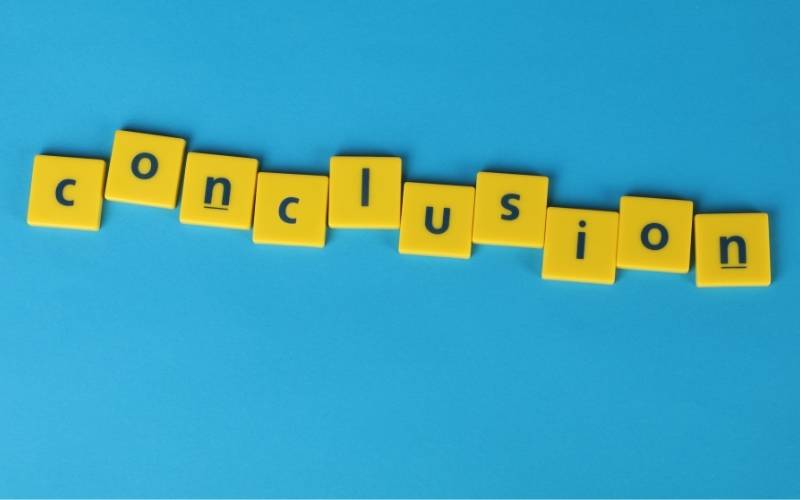
Wrapping Up
How many pickleball terms and definitions you have known earlier before reading this article? Isn’t it fun and exciting to learn about all these things? Next time, when someone asks you any pickleball vocabulary or any pickleball definitions, you just shock him with your answer. Also, you can ask him some pickleball slang that you learned from here. Thanks for reading!

